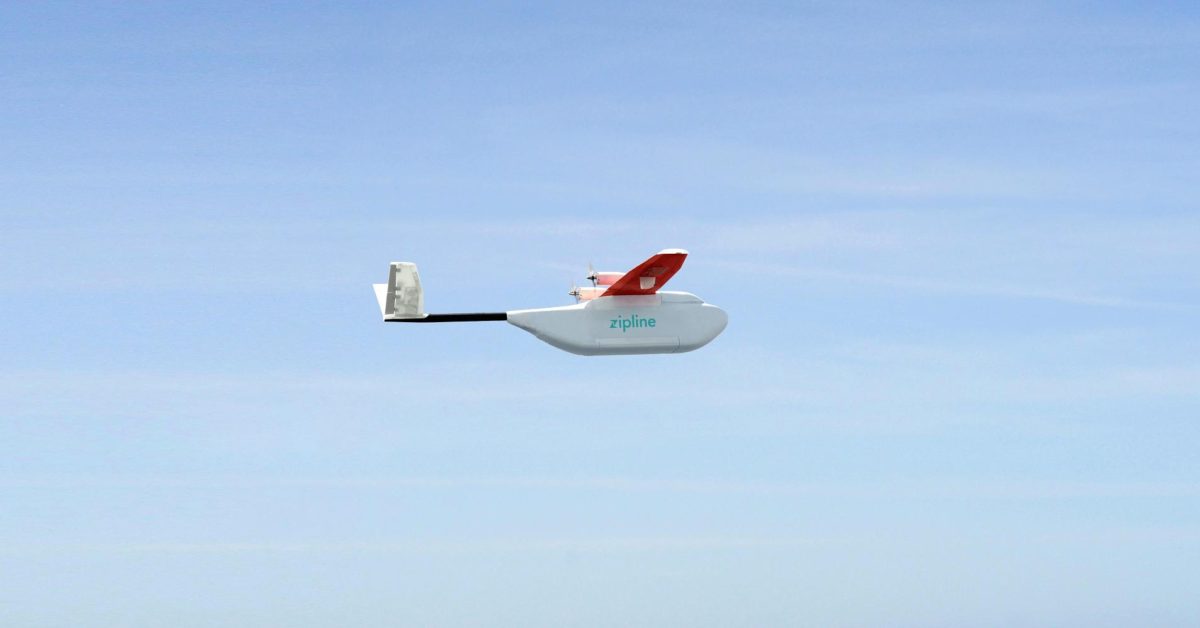“One delivery, one life saved”. That is what Zipline stands by. This company operates the world’s first and only drone delivery system to send urgent medicines in Rwanda (Zipline, 2017). Using what they call a Zip, a small airplane designed for safety, they can ensure fast and reliable transportation of blood, medicines and vaccines to secluded populations.
Since its launch in 2016, Zipline expanded its services on a national level in Rwanda. In April 2017, the distribution center started operating 12 hours a day, 7 days a week, no matter the rain or shine. On August 24th 2017, the company announced its partnership with Tanzania, expecting to serve up to 2,000 life-saving deliveries per day starting in 2018 (Zipline, 2017).
There is no question that Information Technology is at the root of Zipline’s initiative, but with what other initiatives could Healthcare be revolutionized with technology advancements?
One interesting example would be the abcdeSIM program, which was developed by Erasmus University MC. It allows medical students to use the most innovative processes in online training and simulation before facing real-life patients (Virtualmedschool.com, 2017).
Apart from simulation, the healthcare industry has been benefiting greatly from 3D printing.
Indeed, 3D printing has become an integral part of surgical planning, as it allows surgeons to perform the perfect surgery on a 3D printed medical model before the actual procedure (Medical Plastic News, 2017). 3D printing has also improved patient diagnosis and treatment, thanks to a decrease in complications, thus directly increasing the success rate of surgeries (Medical Plastic News, 2017).
Finally, Artificial Intelligence will also influence the future of Radiology, as AI allows for more efficient diagnosis through the use of elaborate alrgorithms. Radiology uses a large range of tools which allow for very high levels of precisions, and automation is inevitable when reaching such levels of precision (The Medical Futurist, 2017). However, even though this field of medicine has always been the playfield of technological developments, Artificial Intelligence will not replace radiologists: “Radiologists who use AI will replace those who don’t” (The Medical Futurist, 2017).
References
Flyzipline.com. (2017). Zipline — Lifesaving deliveries by Drone. Available at: http://www.flyzipline.com/service/
Medical Plastics News. (2017). The importance of 3D printing in healthcare. Available at: https://www.medicalplasticsnews.com/news/opinion/stratasys_1/
The Medical Futurist. (2017). The Future of Radiology and Artificial Intelligence – The Medical Futurist. Available at: http://medicalfuturist.com/the-future-of-radiology-and-ai/
Virtualmedschool.com. (2017). abcdeSIM | VirtualMedSchool. Available at: http://virtualmedschool.com/abcdesim/
Zipline Inc (2017). TANZANIA ANNOUNCES WORLD’S LARGEST NATIONAL DRONE DELIVERY NETWORK PARTNERING WITH ZIPLINE. Available at: http://www.flyzipline.com/uploads/Tanzania%20Announcement%20Press%20Release%20vFinal.pdf

